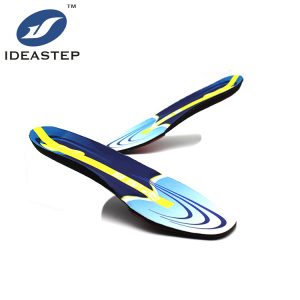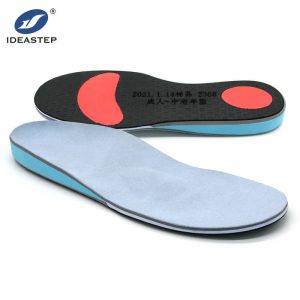Orthotic Application on Gait Analysis
Walking Gait
Human walking is a complicated process, and its fundamental purpose is to safely and effectively transfer from one place to another.
Walking requires the participation of the whole body muscles, including the shift of the human body’s center of gravity, the tilt and rotation of the pelvis, the extension and flexion of the hip, knee, and ankle joints, and internal and external rotation.
Gait is a behavioral characteristic of human walking, involving factors such as behavioral habits, occupation, education, age, and gender, and is also affected by many diseases.
Gait analysis
Introduction
The development of modern measurement technology makes it possible for us to carry out dynamic quantitative analysis of various parts of the human body when walking, especially the movement and force of the lower limbs. This work has gradually developed and is named Gait Analysis (Gait Analysis). Gait analysis is an inspection method for studying walking rules. It aims to objectively record human walking patterns and systematically evaluate walking functions. It is an important part of rehabilitation assessment.
Classification
Gait analysis can be divided into the qualitative method (visual analysis method) and quantitative method (instrumental analysis method).
Qualitative analysis usually refers to visual gait analysis, that is, observing the patient’s walking process through visual observation, and then drawing preliminary analysis conclusions based on the impression obtained or the results of item-by-item evaluation according to certain observation items. Visual inspection can only be qualitative, not quantitative. During the observation, the movement of the joints, muscles, and pelvis and the coordination of the body’s posture should be observed from the side, front, and back directions. This type of gait analysis cannot provide quantitative information and has many limitations due to the speed and complexity of human walking.
Quantitative analysis has been gradually applied in clinical and scientific research in China, providing an accurate and effective means for objective assessment; it can analyze the basic parameters of gait analysis (step speed, step frequency, step length), time phase and period, and standing phase. Quantitative analysis of various gait indicators such as torque and lower limb joint angles guides gait training.

At present, segmental motion measurement is mostly used, that is, three-dimensional dynamic analysis for specific joints or sports centers. Obtain the dynamic changes of the angle of motion of the joints in each direction during walking and the relationship between them and the phases of walking. The commonly used analysis method is plantar pressure measurement. It is the most important applied technology in the fields of gait analysis, clinical foot disease diagnosis and treatment, and sports shoe design. It is also a powerful tool for biomechanics research. Its development has gone through footprint technology, plantar pressure scanning technology, pressure plate and force plate technology, pressure shoe and insole technology. The plantar pressure measurement method can study the time characteristics, force characteristics, and pressure center movement characteristics of each stage of walking, running, vertical jumping, and other actions, such as foot support, full foot support, forefoot extension, and toe-off the ground. It is an ideal tool for accurately studying gait performance, and can be widely used in the characteristics of gait law in scientific research, clinical and other fields.
Orthotic shoes
Orthotic shoes are special shoes made for correcting foot deformities, dispersing foot pressure, and reducing pain symptoms, etc., and can also be called shoe-shaped orthotics.
The function of orthotic shoes is to improve the stress state or load-free of the patient’s feet when standing and walking, eliminate pain, prevent deformity, correct the functional deformation of the foot, and provide support for patients with permanent deformities to achieve balance. Suitable for varus, valgus, clubfoot, foot drop, flat feet, arched feet, and calcaneal spurs, subtalar joint ankylosis, ankle arthritis, hallux valgus, foot fractures, and feet caused by various diseases Defects, plantar fasciitis, etc.
After the gait analysis, choose the best suitable orthotic shoes can greatly help to improve the incorrect or unhealthy gait.

Orthotic insole
According to the biomechanical design of the foot, it is made of EVA material, which is environmentally friendly and not easily deformed. Orthopedic insoles are manufactured in the normal model of normal people (that is, manufactured according to the normal human body mechanics structure) to provide comfortable and supportive support for the foot.
Same as the orthotic shoes, the orthotic insoles’ roles in the gait improving is also cannot be dismissed. After a certain time of wearing, we can gradually back to good gait behavior.

Customized Orthotic insole
Various standard three-dimensional insoles made according to different arch, forefoot comfort requirements, stability requirements, etc., adjust the excessive load of the lower limb chain caused by foot movement deflection and asymmetric movement, which can relieve the fatigue of the foot and lower limb muscles. Discomfort such as soreness.
The customized orthotic insoles are much better for use when the gait analysis result is bad, and under the suggestion of a professional pedothist, the improved result will be much better.

